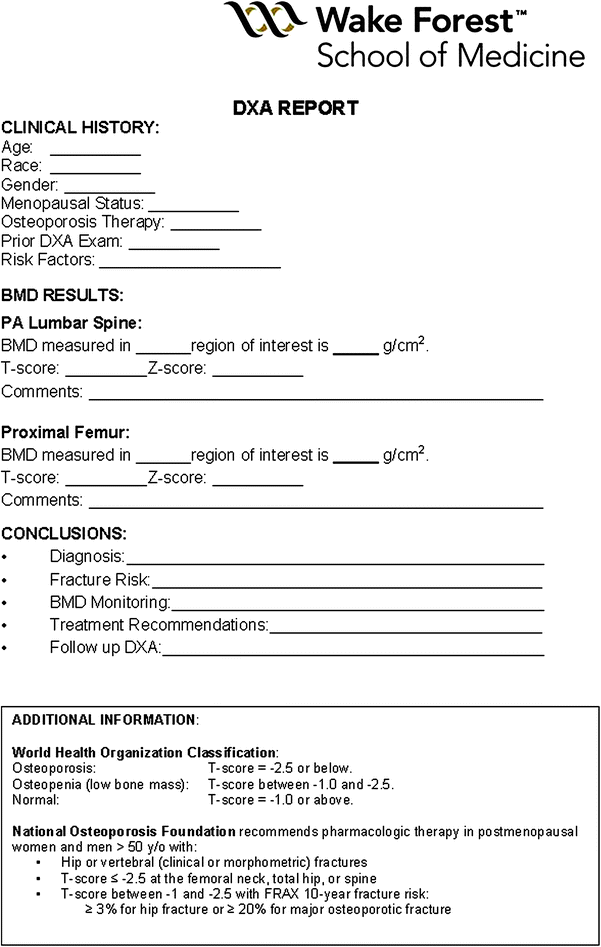

Osteoporosis increases fracture risk, and fracture is related to disability. OSTEOPOROSIS is defined as skeletal disorder characterized by compromised bone strength predisposing a person to an increased risk of fractures. In conclusion, FRAX without femoral neck BMD reflects bone status, and may be useful to diagnose osteoporosis in Japanese women aged 55 and above, although the sensitivity was low for osteoporosis screening, especially in middle-aged women. With this cutoff, the positive likelihood ratio was over 1.0 at age 55 and above but accuracy was low. We identified the cutoff value of FRAX major osteoporotic fracture risk for diagnosis of osteoporosis as 7.2%. Age distribution of percentage of subjects with FRAX major osteoporotic fracture risk >15% was similar to that of percentage of osteoporosis subjects. BMD decreased and percentage of osteoporosis increased from age 55 onward. Mean FRAX major osteoporotic fracture risk without femoral neck BMD was 7.06 ± 5.22%. Mean forearm BMD was 87.94 ± 17.00% of young adult mean (YAM). We administered the FRAX tool in 13,421 Japanese women who underwent DXA-based forearm BMD measurement in Chiba Bone Survey, a population-based, multicenter, cross-sectional study of postmenopausal osteoporosis conducted in Chiba, Japan.

The FRAX has not been investigated adequately in community-dwelling Japanese women. The Fracture Risk Assessment tool (FRAX) can predict 10-year major osteoporotic fracture risk and hip fracture risk with or without femoral neck BMD. Although osteoporosis is diagnosed based on low bone mineral density (BMD) determined by dual energy X-ray absorptiometry (DXA), BMD measurement is sometimes difficult because DXA is not widely available in the community. Osteoporosis not only increases bone fracture risk but also affects survival in postmenopausal women.


 0 kommentar(er)
0 kommentar(er)
